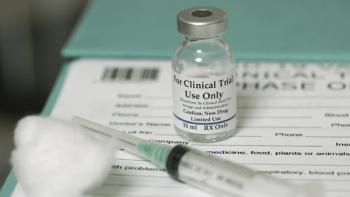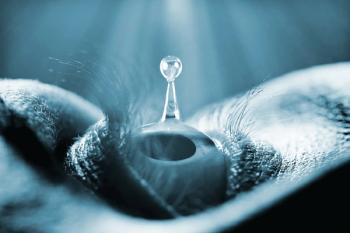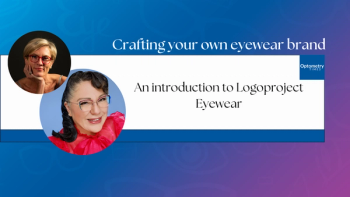
ASCRS 2025: EVO ICL in low to moderate myopia may rival LASIK
Eva Kim, MD, offers valuable insights into why EVO ICL is becoming a compelling alternative to traditional corneal procedures like LASIK.
As the landscape of refractive surgery continues to evolve, many optometrists are seeing increased interest in the EVO implantable collamer lens (ICL) (Staar Surgical) as a primary option—not just for high
One of the most significant advantages of the EVO ICL, Kim emphasizes, is its reversibility. "It’s an additive procedure," she explains. "We're placing a custom lens inside the eye to provide outstanding vision, and if for any reason a patient wants it removed, we can return the eye to its original state." This concept is particularly appealing to younger patients who may be hesitant to commit to a permanent structural change to their cornea.
Importantly, at Kim’s practice, EVO ICL is not framed as a backup or secondary option to LASIK. Instead, both procedures are presented as equally strong choices, allowing patients to weigh their benefits. Interestingly, more than 50% of patients who qualify for both procedures are opting for EVO ICL—largely due to its reversibility and non-invasive perception.
The design of the EVO ICL also contributes to a superior safety profile. One major improvement over earlier ICL models is the elimination of the need for a preoperative peripheral iridotomy, which traditionally required a laser treatment that could be uncomfortable and invasive. Without this step, the patient experience is significantly streamlined and less intimidating.
In terms of postoperative recovery, Kim notes that while visual clarity on the day of surgery may be compromised due to dilation, most patients experience a dramatic improvement in vision the very next morning. Recovery is similar in timeline to LASIK—typically 1 day to 1 week—but patients tend to report greater comfort and fewer dry eye symptoms, making the healing process smoother overall.
As optometrists guide patients through their refractive surgery options, the EVO ICL offers a highly viable and increasingly popular alternative to LASIK—even for patients with mild myopia. With its strong safety profile, reversibility, and high patient satisfaction, it deserves a central place in today’s refractive care conversation.
Newsletter
Want more insights like this? Subscribe to Optometry Times and get clinical pearls and practice tips delivered straight to your inbox.














































.png)


